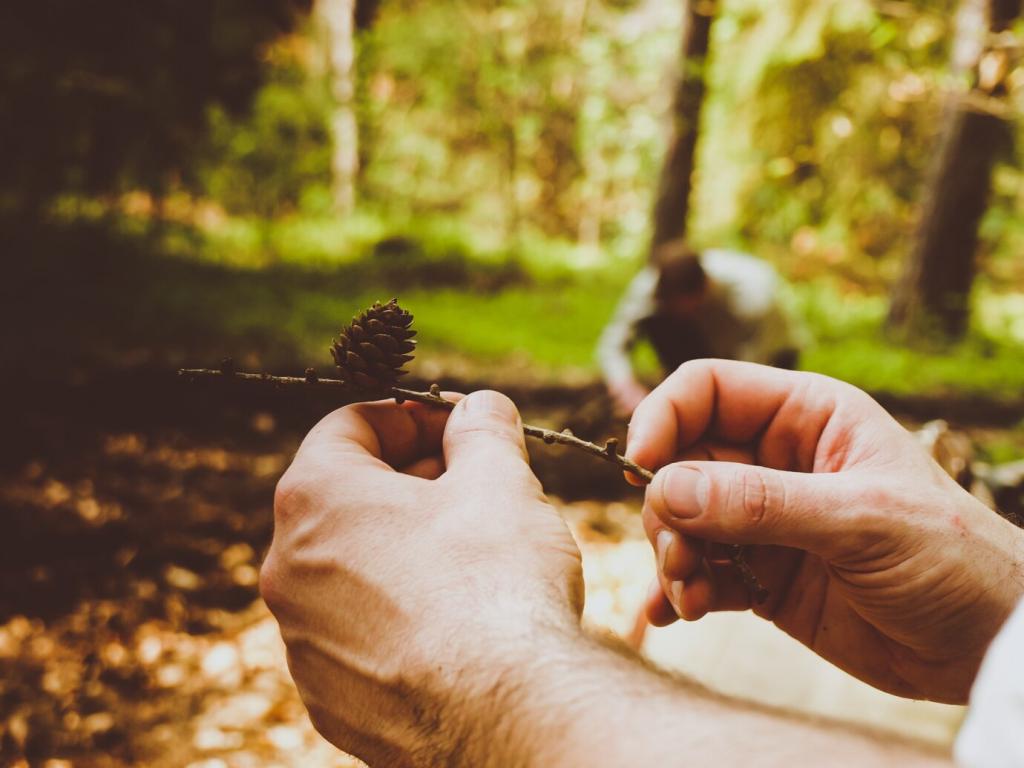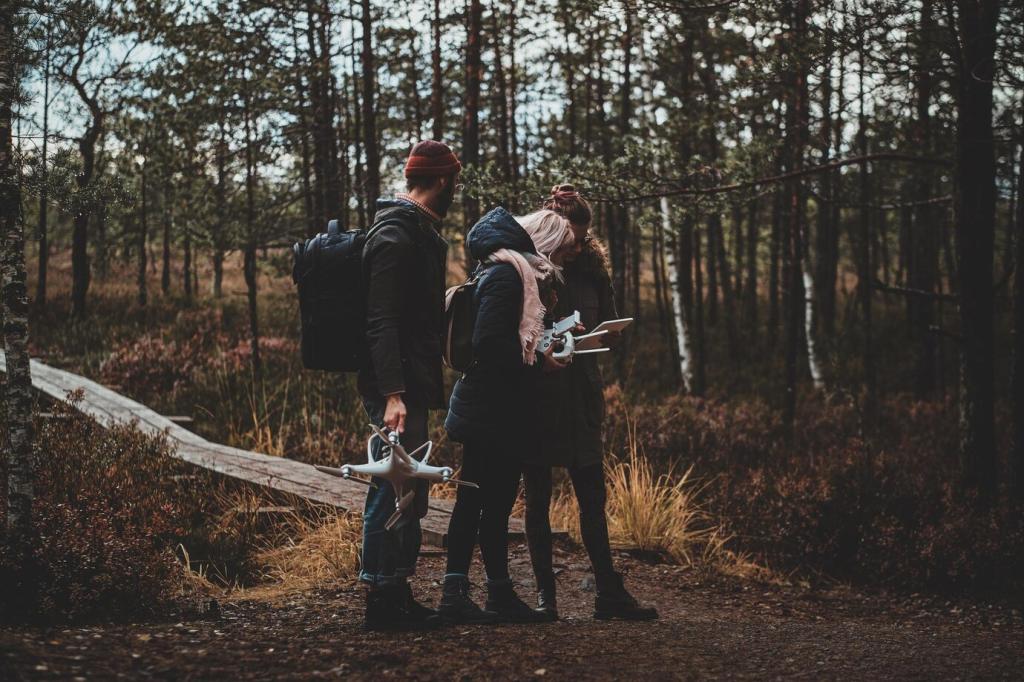Wildlife-Friendly Hunting Practices: Respect the Wild, Hunt with Purpose
Selected theme: Wildlife-Friendly Hunting Practices. Welcome to a field craft rooted in care, restraint, and gratitude. Here we explore how thoughtful choices protect ecosystems, honor animals, and strengthen the hunting community. Subscribe for seasonal tips, ethical debates, and stories that keep wildlife first.
Ethics That Put Wildlife First
Wildlife-friendly hunting means understanding life cycles, breeding behavior, and seasonal stress. Studying biology and local regulations helps you avoid pressure during vulnerable periods, ensuring populations remain healthy and resilient for the next generation of hunters and observers.
Ethics That Put Wildlife First
Fair chase demands skill, patience, and respect for an animal’s natural advantage. Avoid shortcuts that corner wildlife or remove meaningful pursuit. When in doubt, pass the shot. Your restraint today builds trust and conservation outcomes tomorrow.
Stewardship: Caring for Habitat Beyond the Hunt
Invasive Removal and Native Planting
Cutting invasive thickets and replanting natives boosts browse, cover, and pollinator corridors. Hunters see results firsthand as songbirds return, bedding improves, and travel routes reconnect. Your small, steady projects accumulate into lifelines across fragmented landscapes.
Water, Soil, and Quiet Corridors
Protecting seeps, creek banks, and travel corridors reduces stress and predation risk for wildlife. Simple actions like erosion control, seasonal trail closures, and avoiding mud ruts preserve water quality and give animals room to move undisturbed.
Partnering With Local Conservation Groups
Join habitat days with chapters that share your values. Plant shrubs, build exclosures, and collect trash after storm surges. Share your next event in the comments so nearby readers can bring gloves, lend tools, and build momentum together.
Humane Harvest: Accuracy, Limits, and Recovery
Match your caliber, arrow weight, and broadhead to the species and terrain. Verify ethical distances through realistic practice, not hope. When wind, angle, or brush complicate the shot, step back and wait for a higher probability opportunity.
Train with field positions, awkward packs, and elevated heart rate. Time your breathing, check your rest, and shoot fewer but smarter groups. Recording results and conditions builds a personal ceiling that protects animals from uncertain shots.
After the shot, patience matters. Mark the last sign, avoid trampling evidence, and call for help when needed. A proper grid search respects the animal and reduces loss. Share your best tracking checklist to help new hunters succeed.

Non-Lead Choices and Waste Reduction
Lead fragments can poison raptors and scavengers feeding on remains. Copper and other non-lead alternatives deliver reliable performance while protecting eagles, condors, and foxes. A small change in your kit ripples through the food web for years.

Non-Lead Choices and Waste Reduction
Choose gut pile placement where it will not attract animals near roads or trails. If using lead historically, remove contaminated tissue. Leave clean sites and natural spacing to reduce conflict, disease risk, and habituation to human presence.


Maps, Boundaries, and Permission
Verify property lines, easements, and seasonal closures. Secure written permission and clarify expectations about gates, vehicles, and guests. Careful planning prevents conflict, protects corridors, and shows that hunters can be dependable partners on the landscape.
Rotating Spots to Reduce Pressure
Cycling sites gives animals recovery time and keeps patterns natural. Monitor sign, wind, and human activity before returning. Ethical spacing is a simple tactic that yields better encounters and a calmer woods for everyone sharing the resource.
Trail Etiquette and Quiet Travel
Walk softly, keep voices low, and yield to hikers, riders, and workers. Avoid wet trails that rut easily. Your courtesy protects habitat, reduces conflict, and shows the broader community that hunters are careful stewards of wild spaces.
From heart tacos to bone broth, thoughtful use reduces waste and deepens appreciation. Save trim for sausages, render fat where appropriate, and label packages clearly. Share your best nose-to-tail recipe and the memories tied to that meal.
